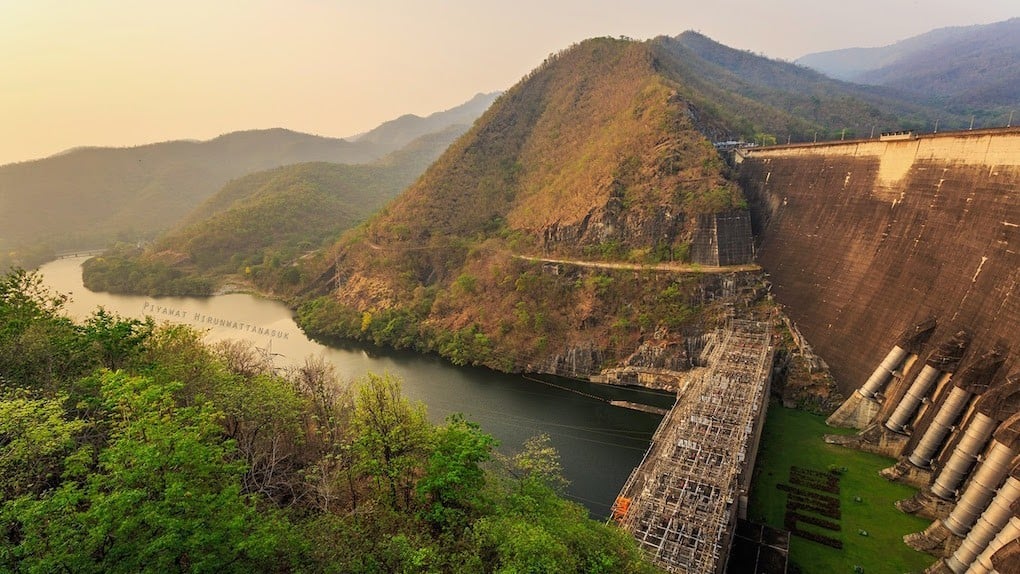Academics and NGOs in the Mekong region welcome a new book that sheds light on the significance of the evolution of legal frameworks in overpowering historical social dynamics of river communities to sustain their livelihoods and culture.
Exploring conflicts surrounding hydropower development in the Lower Mekong region the authors of The Mekong: a Socio-Legal Approach to River Basin illustrate the growing barriers laws and policies that were never a part of these communities’ cultures, and which they had no role in shaping, lie at the heart of controversy surround dam projects from the moment that are proposed.



